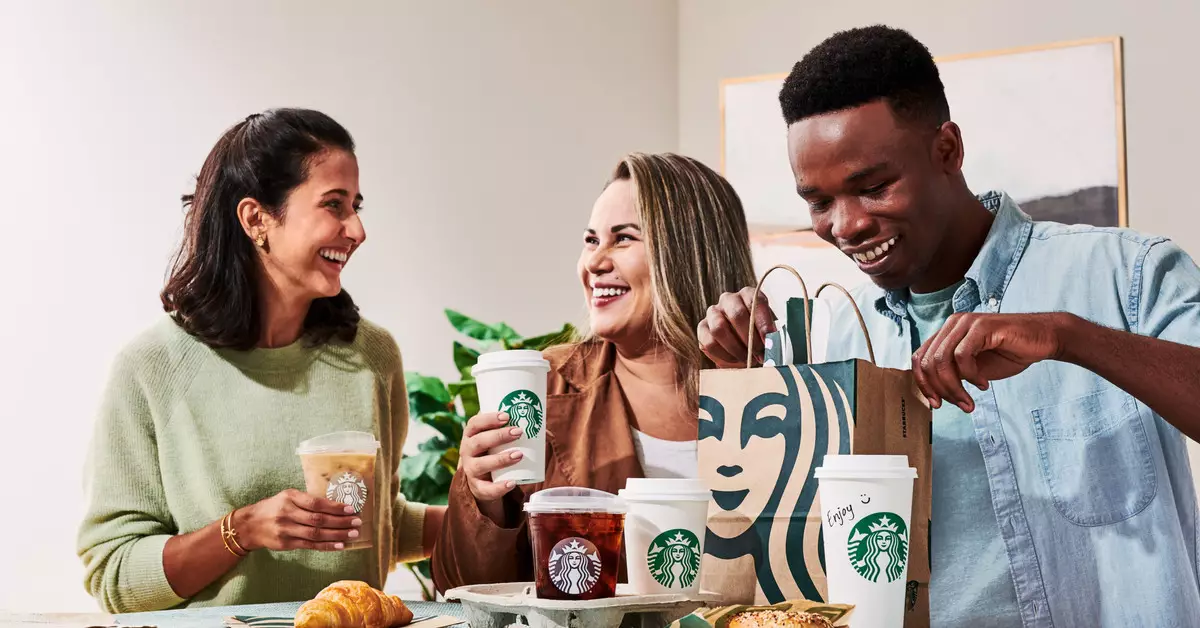In a bold move to adapt to the demands of modern consumers, Starbucks has taken a significant step forward by integrating delivery options into its mobile app. As of today, customers in designated locations across the U.S. and Canada can have their favorite brews delivered right to their doorstep. This feature, powered by DoorDash, marks a pivotal shift in how coffee enthusiasts can indulge in their daily caffeine fix, moving beyond traditional in-store and drive-through pickups.
Previously, Starbucks’ partnership with DoorDash was limited, requiring customers to navigate two separate applications—one for ordering and the other for delivery. Now, by allowing seamless toggling between pickup and delivery directly in the Starbucks app, the company has optimized the user experience. However, this convenience comes with a price. Customers must still grapple with DoorDash’s service fee structure, which adds a layer of financial complexity to what was once just a simple coffee order.
The transparent breakdown of delivery fees reveals a stark reality: convenience is expensive. With a base delivery fee of $1.99 and potential small order surcharges, the total can escalate quickly. A typical $6.55 peppermint mocha can easily balloon to nearly $20 when combined with delivery charges and tips. This price tag raises essential questions about affordability and value proposition for everyday consumers. While the delivery model might cater to those ordering in bulk for work gatherings, individuals who are used to a quick stop at Starbucks may think twice as they witness their bills soar.
The question then becomes: how will these elevated delivery costs affect customer behavior and preferences? For many, the joy of coffee lies not only in its consumption but also in the experience of getting it. The ritual of visiting a local Starbucks serves as a daily reprieve for countless people. By making coffee ordering more accessible via delivery, Starbucks risks commoditizing the experience. As convenience becomes king, will consumers lose sight of the small joys that a simple café visit can bring?
Starbucks’ foray into app-based delivery is clearly a strategic move to stay ahead in a competitive marketplace. However, finding the right balance between convenience and experience will be a challenge. The company needs to ensure that, while catering to evolving consumer preferences, it does not alienate loyal customers who value the in-store ambiance and connection with baristas. As the brand navigates this transitional phase, customer feedback will play a crucial role in shaping its delivery offerings and restructuring pricing options accordingly.
As Starbucks expands its service to encompass app-based delivery, it illustrates a broader trend in the food and beverage industry. While on the surface, the initiativeseems to reflect consumer demand for convenience, it also challenges perceptions of value and experience in coffee culture. The company now faces the crucial task of maintaining its essence while embracing innovation. Ultimately, whether this delivery service will enhance customer loyalty or drive patrons to reconsider their coffee choices remains to be seen.

